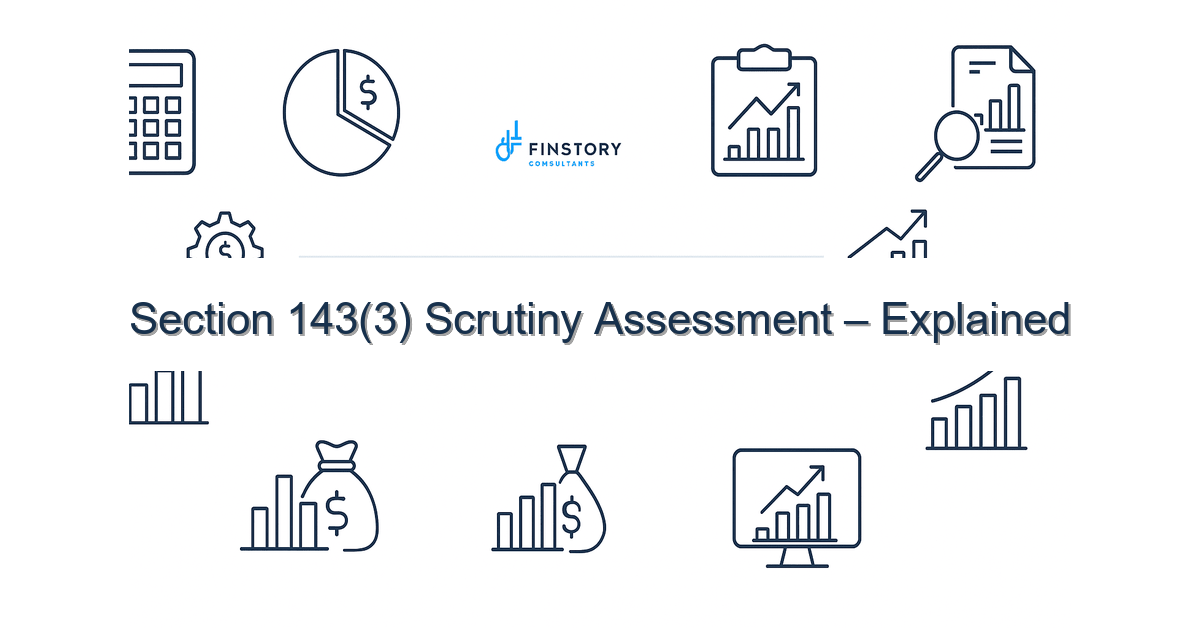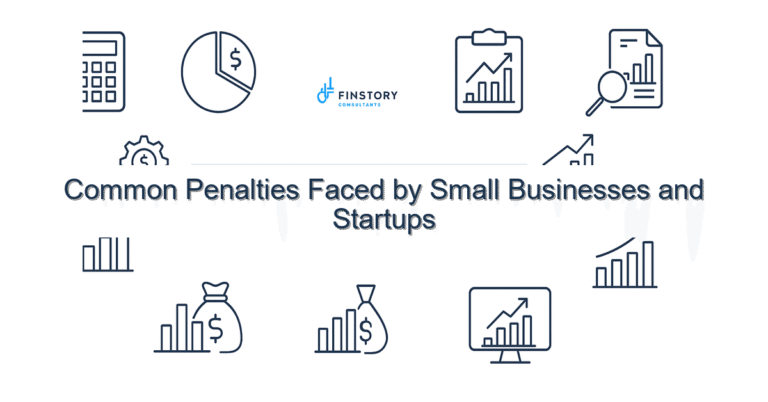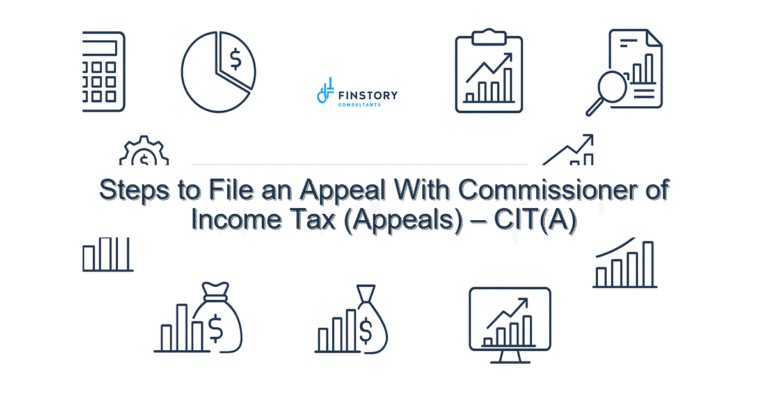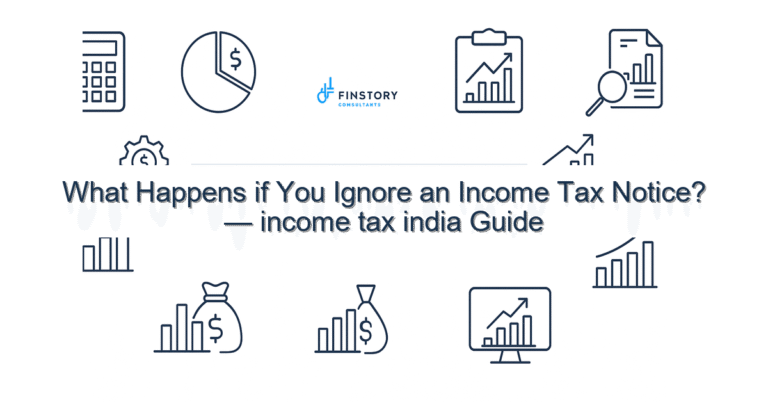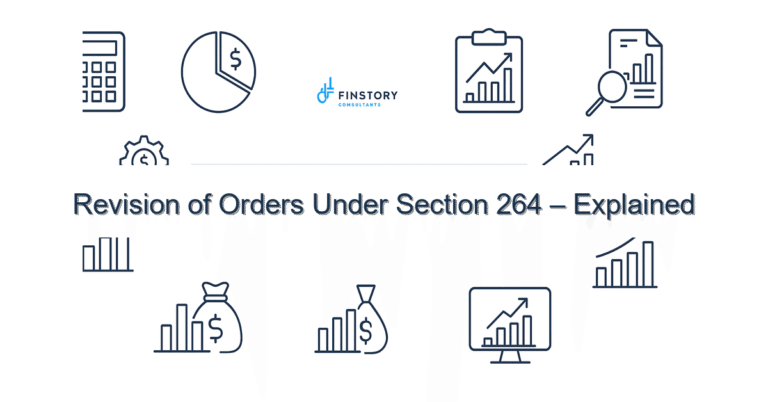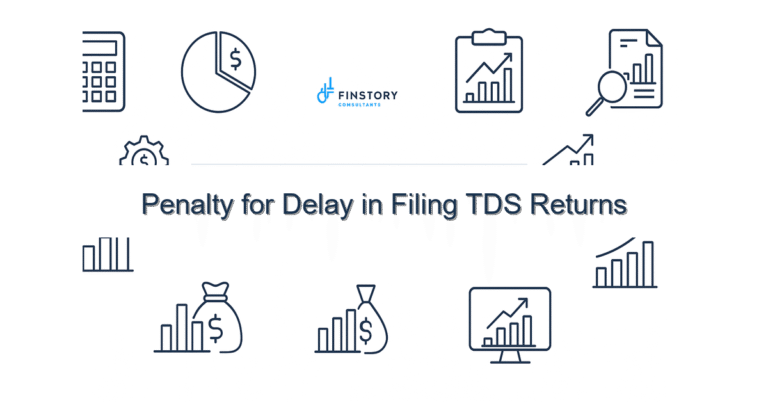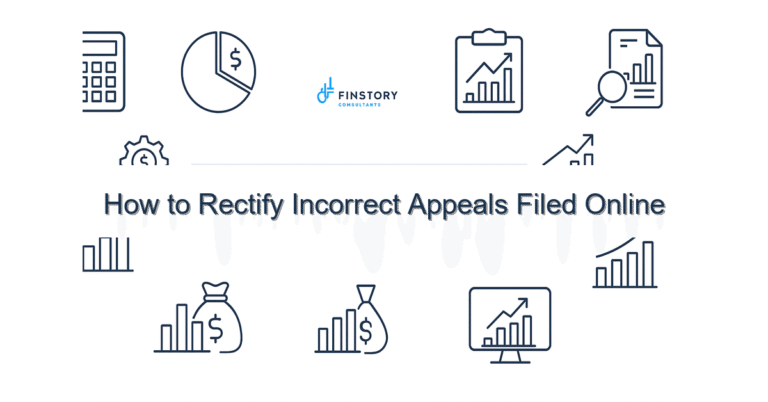Section 143(3) Scrutiny Assessment – Explained
Getting a notice for a scrutiny assessment under Section 143(3) can feel like a sudden, stressful escalation. You’re not alone—salaried professionals, founders and MSME owners across India face the same uncertainty when the taxman asks for detailed proof. This guide explains what an assessment means, why it happens, and how to respond calmly and correctly.
Summary: Section 143(3) scrutiny assessment is a detailed income tax inquiry where the Assessing Officer examines your ITR and supporting documents. With the right evidence, organised records, and a clear response plan you can resolve it quickly, protect refunds and avoid penalties.
What’s the real problem in India?
The Indian tax system has become more data-driven: AIS/26AS, TDS/TCS reporting and automated checks flag inconsistencies. But many taxpayers still struggle with matching sources (AY vs PY terminology), meeting CBDT timelines, and producing the specific forms or vouchers officers ask for.
- Symptom: You receive a notice asking for income breakup, proofs for deductions (like Section 80C limit), or unexplained bank credits.
- Symptom: Mismatch between Form 16, AIS/26AS and your ITR causes a query.
- Symptom: You miss the ITR filing last date for a year, or you’ve changed between new vs old regime slabs and documentation isn’t aligned.
- Symptom: Capital gains figures are disputed—indexation or exemptions (capital gains indexation) weren’t applied correctly.
What people get wrong
Many taxpayers treat a 143(3) notice as purely adversarial. In reality, it’s an information request with potential adjustments. Common mistakes:
- Ignoring small mismatches in AIS/26AS—these add up and trigger scrutiny.
- Sending incomplete or unverified documents—this prolongs the process and increases risk of disallowance.
- Assuming TDS/TCS is always sufficient proof—officers often want invoices, bank statements and contracts.
- Missing deadlines in the notice or not seeking professional help early.
A better approach
Think of a scrutiny notice as a structured conversation with the Assessing Officer. A calm, documented response beats panic. Use this 3-step framework:
- Gather: Compile Form 16/Form 16A, AIS/26AS, bank statements, invoices, contracts, and documentary proof for deductions (e.g., Section 80C receipts).
- Reconcile: Match income and TDS/TCS entries against ITR and AIS/26AS. Note and explain any timing differences (AY/PY issues) and capital gains calculations including indexation.
- Respond: Draft a clear reply addressing each point in the notice, attach supporting documents, and request a personal hearing if needed.
Real-world example: A Bengaluru startup founder received a 143(3) notice for FY 2019–20 due to uncredited TDS on investor reimbursements. By reconciling AIS/26AS with bank remittances and the FDs’ break-up, the founder avoided a proposed addition of INR 6.5 lakh and secured a full refund within 6 months after a hearing.
Quick implementation checklist
- Read the notice carefully—note the deadline and points raised.
- Download AIS/26AS and cross-check TDS/TCS entries.
- Collect Form 16/Form 16A, bank statements, invoices, contracts, and proof for Section 80C limit claims.
- Prepare a reconciliation table: ITR vs AIS/26AS vs bank records (highlight differences).
- Draft concise answers to each query—reference specific documents and page numbers.
- File an electronic response via the e-filing portal and keep receipts/screenshots.
- If the issue is complex, request a personal hearing and bring originals.
- Track follow-ups and maintain a timeline of communications.
What success looks like
Measurable outcomes you should expect after following the framework:
- Refunds processed faster—time to refund reduced from 9–12 months to 3–6 months.
- Lower or no tax demand—disallowances reduced or withdrawn.
- Fewer follow-up notices—clear documentation resolves queries at first submission.
- Reduced interest/penalty exposure—timely responses avoid late interest and penalties.
- Improved record discipline—better positioning for future audits and ITRs.
Risks & how to manage them
Risk: Documentation gaps leading to disallowance. Manage by keeping digitised proofs with clear naming and dates.
Risk: Misunderstanding AY/PY (Assessment Year/Previous Year) leads to timing errors. Manage by reconciling income to the correct PY and noting when receipts were credited.
Risk: Penalties for concealment if the officer suspects willful misreporting. Manage by full disclosure, documented explanations, and seeking professional representation early.
Tools & data
Use these India-specific tools to simplify scrutiny responses:
- AIS/26AS — central source to verify TDS/TCS and reported incomes.
- Income tax e-filing portal — to file responses and track notices.
- TDS/TCS tracking tools or accounting software — for reconciliation across periods.
- Bank statements and digital invoices — reliably date-stamped proof of receipts and payments.
FAQs
Q: What triggers a Section 143(3) scrutiny?
A: Triggers include mismatches in AIS/26AS vs ITR, high-value transactions, unusual claims (large Section 80C or capital gains discrepancies), or random selection under risk parameters.
Q: Can I respond online and avoid a personal hearing?
A: Yes, many issues are resolved by an online e-filing response. If the officer still finds discrepancies, they may call you—request a hearing if needed.
Q: Will TDS/TCS shown in AIS/26AS always protect me?
A: TDS/TCS is evidence but not proof of correctness. Officers often ask for invoices, contracts or bank records to confirm the nature of income and claim validity.
Q: What happens if I miss the deadline in the notice?
A: Missing deadlines can lead to ex-parte assessments and interest or penalties. If you miss one, respond immediately and explain reasons; seek professional help to request condonation.
Next steps
If you’ve received a notice, start by downloading AIS/26AS and pulling Form 16/Form 16A. Use the checklist above to collect documents and reconcile differences. If any point looks complex—capital gains indexation, foreign receipts, or disputed TDS—get expert help early.
For more detailed reading, see our resources: [link:ITR guide] and [link:tax-saving tips].
Work with Finstory. Speak with an Expert for a personalised plan to reduce your tax outgo and stay compliant. Book a free 20-min consultation.
Work with Finstory. Speak with an Expert for a personalised plan to reduce your tax outgo and stay compliant. Book a free 20-min consultation.
📞 Need help with Income Tax in India?
Book a 20-min consultation with our tax team. Individuals, founders & MSMEs welcome.
Prefer email or phone? Write to info@finstory.net
or call +91 44-45811170.
